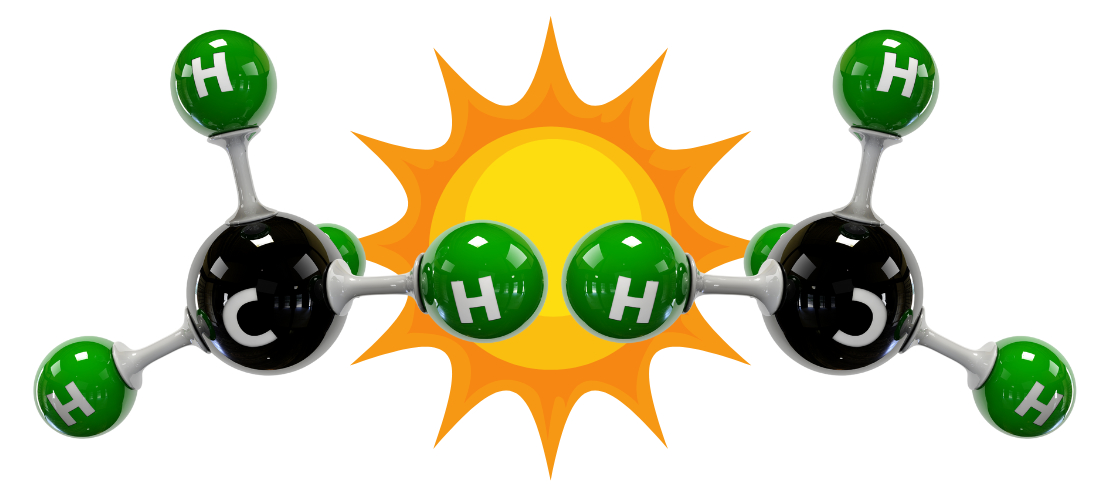UNSW engineers develop sun-powered method to produce synthetic methane from CO₂
A UNSW-led team have developed a process that turns CO₂ into a cleaner and greener form of methane that could reduce reliance on natural gas that fuels climate change.

Engineers at UNSW Sydney have unveiled a groundbreaking method for producing synthetic methane from carbon dioxide, utilizing only sunlight and specific catalysts.
The collaborative research effort between UNSW Sydney's School of Chemical Engineering and School of Photovoltaic & Renewable Energy Engineering, along with contributions from the University of Adelaide and CSIRO, has been explained in journal EES Catalysis.
Led by a team from the UNSW School of Chemical Engineering, the research initiative aims to address pressing environmental concerns while also reducing reliance on fossil fuels. Dr. Emma Lovell, a key figure in the project, highlights the importance of this development, stating, “Creating synthetic methane using only the natural resource of the sun is a cleaner and greener alternative for usage in heavy transportation, shipping, and other specific industries where gas usage is essential."
The process involves harnessing light and heat to induce a reaction that converts CO₂ into methane. This not only helps to mitigate carbon emissions but also adds value to captured CO₂ by producing a valuable chemical product.
Key to the success of this endeavor is the utilization of specific catalysts and support materials, as explained by Dr. Priyank Kumar, another member of the research team. He notes, “By employing specific catalysts and support materials, we have demonstrated a new pathway for visible light to drive the conversion of CO₂ into methane."
One of the most notable aspects of this breakthrough is its potential impact on industries beyond fuel production. Associate Professor Jason Scott highlights this point, stating, “One of the most promising aspects of this research is its potential impact on industries like fuel production, cement manufacturing, biomass gasification, and pharmaceuticals."
Additionally, the research team stresses the importance of cost efficiency in driving the adoption of synthetic methane as a viable alternative to traditional fossil fuels. PhD candidate Yi Fen (Charlotte) Zhu explains, “Being able to directly use sunlight reduces the costs required for energy generation to facilitate the reaction."
Looking ahead, the researchers envision a future direction that includes expanding the range of carbon-based products synthesized from CO₂ and scaling up the process for industrial applications. Associate Professor Scott is optimistic about the potential for commercial and industrial-scale implementation.
“Currently, we are conducting experiments at the lab scale, aiming to advance to demonstration/prototype scale within approximately a year. Following that milestone, our goal is to transition to pilot scale and ultimately to commercial/industrial scale,” Associate Professor Scott said.
















